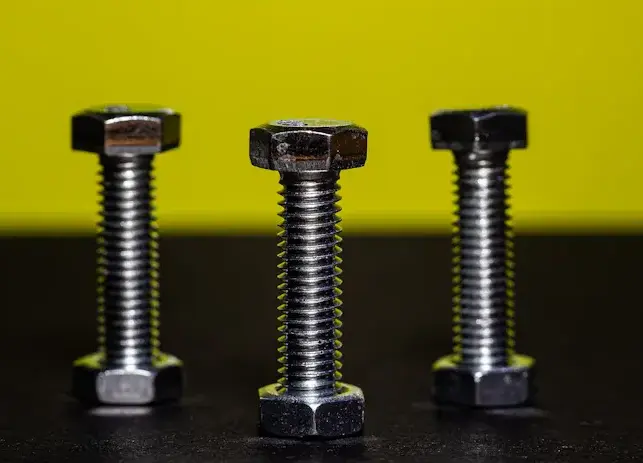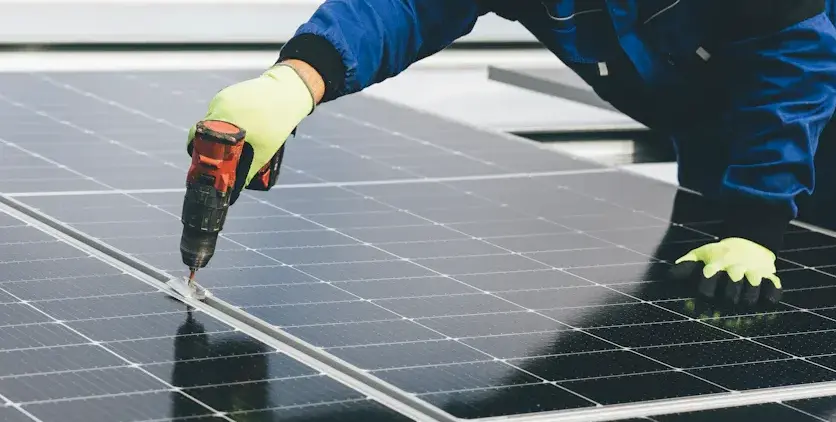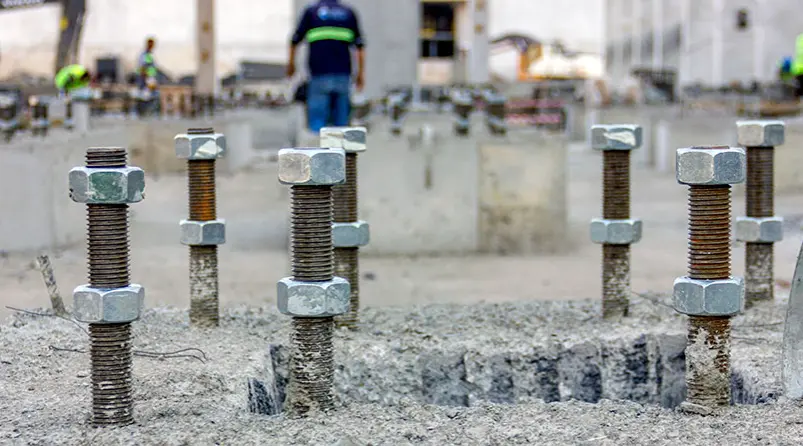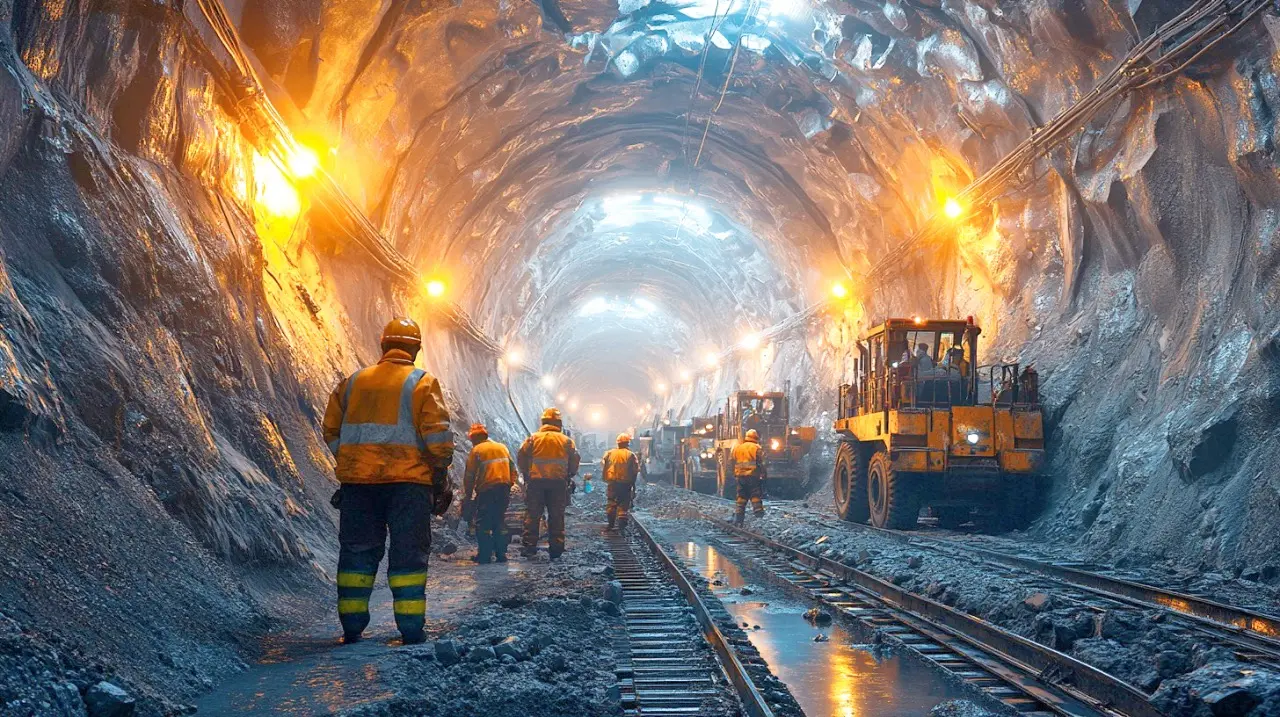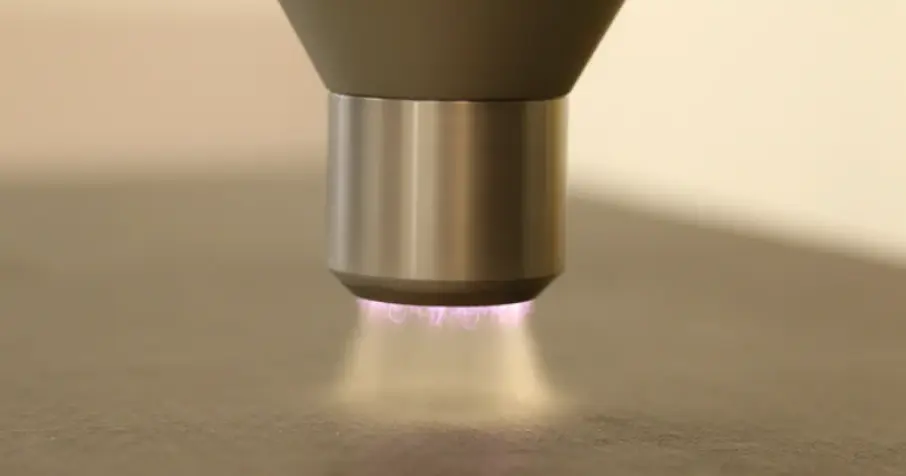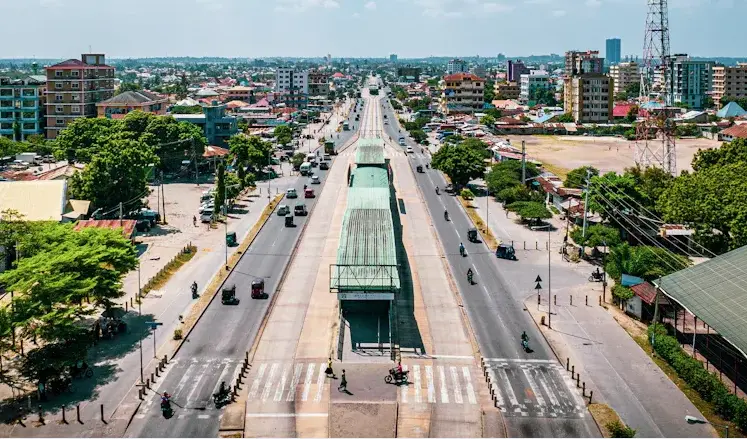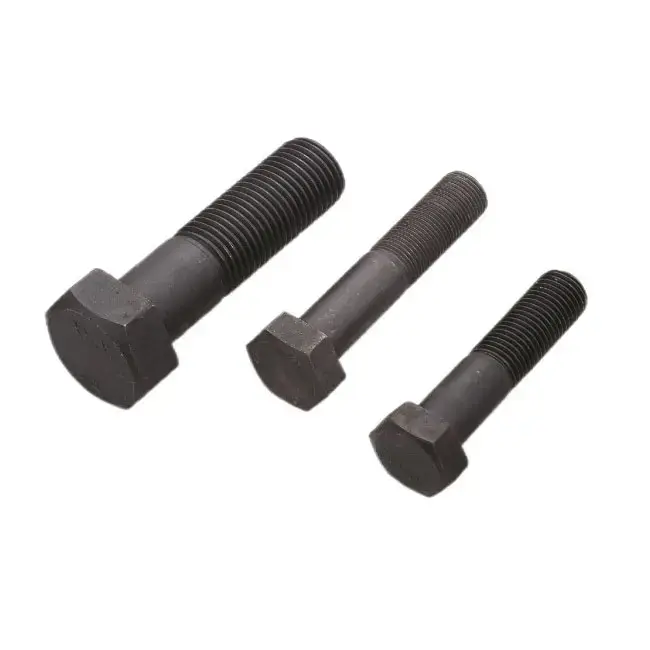Securing the Future of Infrastructure with Innovative Fasteners
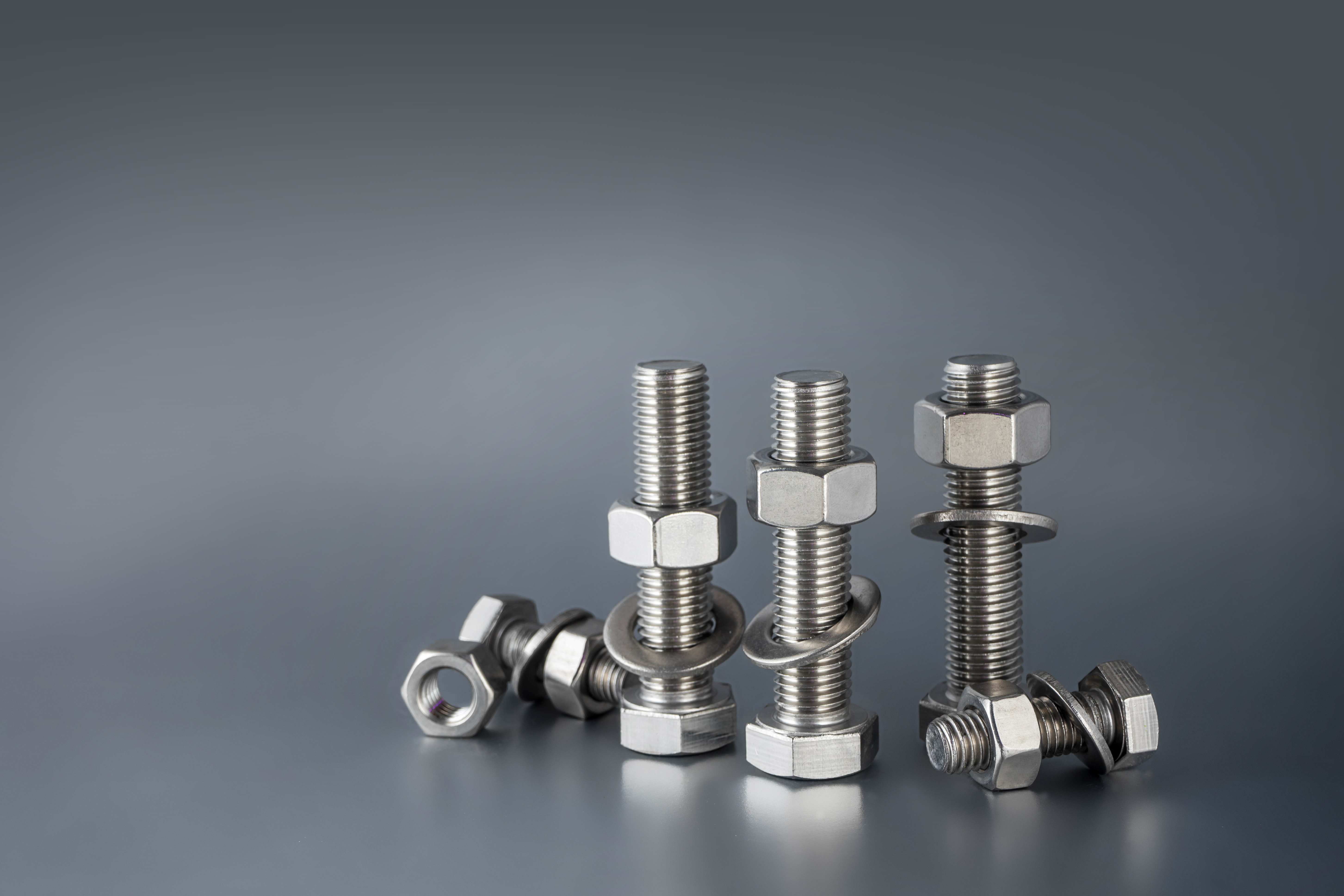
Fasteners form the backbone of modern infrastructure, ensuring the durability and stability of structures worldwide. The global fasteners market, valued at $97.2 billion in 2022, is projected to reach $151 billion by 2032, growing at a CAGR of 4.6%. This growth highlights their indispensable role in meeting the demands of evolving industries. Innovative fasteners, such as lightweight and recyclable designs, are revolutionizing sectors like aerospace, automotive, and renewable energy. As the 2025 global infrastructure boom drives surge in high-end fastener exports, their importance in advancing safety, efficiency, and sustainability becomes undeniable.
Key Takeaways
- Fasteners are important for keeping buildings safe and strong. They help structures handle different pressures and weights.
- New fasteners, like smart and green designs, improve how buildings work and help the environment.
- Using better fasteners lowers repair costs and makes buildings last longer. This helps the economy and protects nature.
The Role of Fasteners in Infrastructure Development
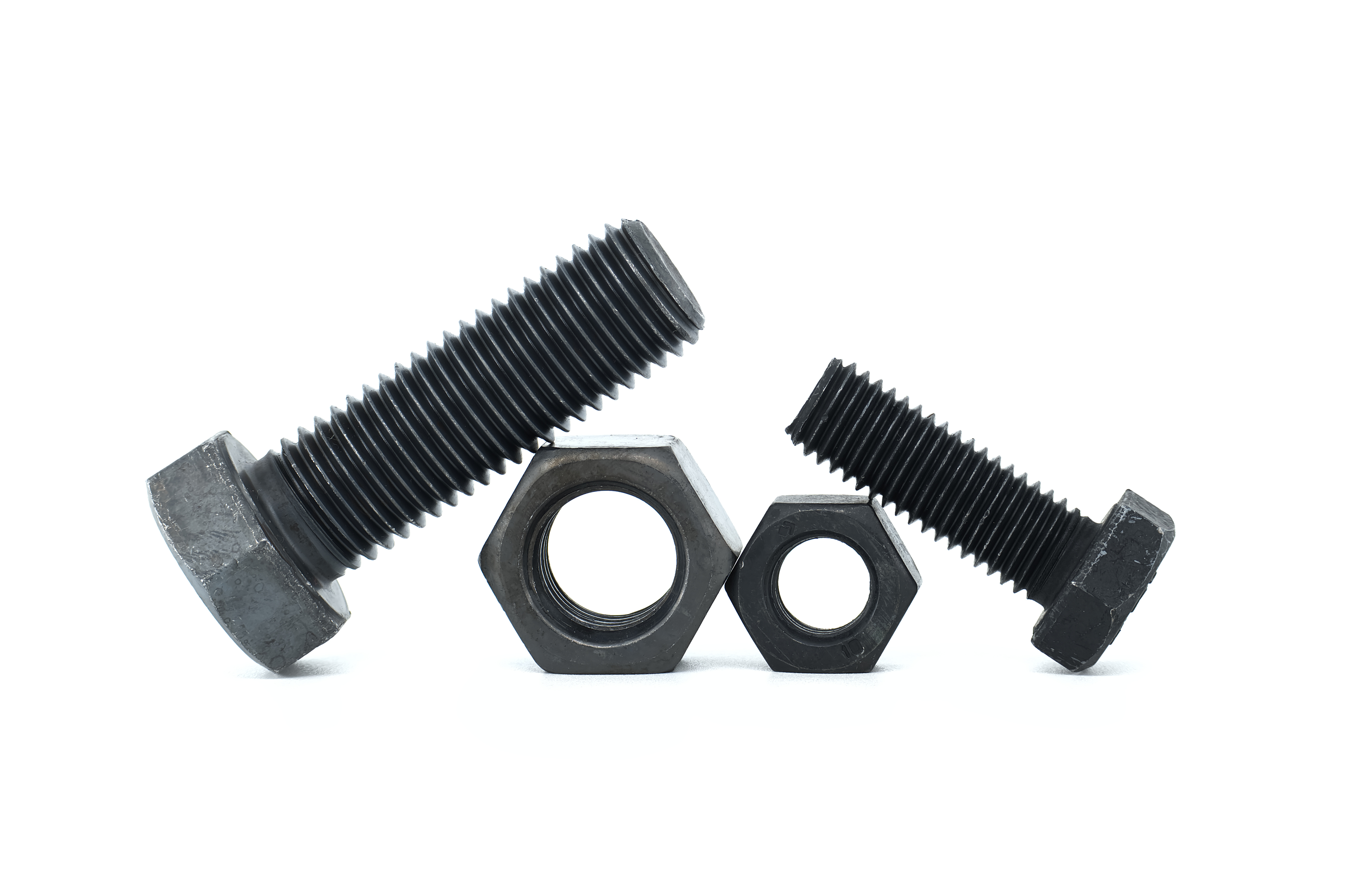
Ensuring Structural Stability and Safety
Fasteners play a pivotal role in maintaining the structural integrity of infrastructure. They secure and connect critical components in buildings, bridges, and tunnels, ensuring these structures can withstand design loads and environmental stresses. Engineers meticulously select fasteners based on factors such as load requirements, material compatibility, and environmental conditions. This careful selection process ensures that fasteners meet the specific engineering needs of each project.
The strength and stability of infrastructure heavily depend on the quality of fasteners used. For instance, high-tensile bolts and rivets are essential in high-stress applications like skyscrapers and suspension bridges. These fasteners not only provide the necessary strength but also enhance the overall safety of the structure. By optimizing fastener design and material, engineers can significantly improve the durability and reliability of infrastructure projects.
Note: The importance of fasteners extends beyond their mechanical function. They act as the unseen guardians of safety, ensuring that infrastructure remains resilient under various conditions.
Meeting the Demands of Modern Construction Projects
Modern construction projects demand fasteners that can adapt to advanced architectural designs and innovative materials. The construction fasteners market has become indispensable across industrial, infrastructure, and residential applications. With technological advancements and stricter regulatory requirements, the demand for high-performance fasteners continues to grow.
Several factors drive this demand:
· Innovations in materials and manufacturing processes have enhanced the effectiveness of fasteners, making them suitable for complex construction needs.
· The global construction fasteners market is projected to grow from USD 20 billion in 2023 to approximately USD 33.5 billion by 2032, reflecting a CAGR of 5.8%.
· Significant advancements in fastening technology have improved efficiency and safety, aligning with the evolving demands of modern construction.
Fasteners are now designed to meet the challenges posed by modern materials like carbon fiber and advanced composites. These innovations ensure that fasteners not only support structural loads but also integrate seamlessly with cutting-edge construction techniques. As the 2025 global infrastructure boom drives surge in high-end fastener exports, the industry is poised to play a crucial role in shaping the future of construction.
Innovations Driving the Future of Fasteners
Technological Advancements in Fastener Design
The fastener industry is undergoing a technological revolution, driven by the need for smarter, more efficient solutions. Engineers and manufacturers are leveraging cutting-edge technologies to create fasteners that not only meet but exceed the demands of modern infrastructure. These advancements are transforming the way fasteners are designed, produced, and utilized.
- Smart Fasteners: Equipped with sensors and RFID technology, these fasteners enable real-time monitoring of structural integrity and stress levels. This innovation enhances safety by allowing engineers to detect potential issues before they escalate.
- 3D Printing: Additive Manufacturing has revolutionized fastener production. It allows for the creation of customized designs using lightweight, high-strength materials while minimizing waste. This approach ensures precision and efficiency in meeting specific project requirements.
- Eco-Friendly Materials: The adoption of bioplastics, recycled metals, and Corrosion-Resistant Coatings is reducing the environmental impact of fasteners. These materials align with the global push for sustainable construction practices.
In addition to these trends, research in materials science has led to the development of bio-compatible fasteners for medical applications. These innovations improve safety and longevity, particularly in implantable devices. Customized fasteners combining different materials also offer tailored solutions for unique challenges, such as reducing weight without compromising strength.
Eco-Friendly Materials for Sustainable Construction
Sustainability has become a cornerstone of modern construction, and fasteners are no exception. The use of eco-friendly materials in fastener production is helping to reduce the environmental footprint of infrastructure projects. Steel, for example, has emerged as a sustainable choice due to its recyclability and durability.
- Steel production generates minimal waste, as it can be manufactured to order, reducing excess emissions and material waste.
- Approximately 30% of construction materials are wasted on typical sites, but steel's recyclability mitigates this issue.
- Steel nails, known for their durability and cost-effectiveness, contribute to sustainable construction by maintaining quality while minimizing environmental impact.
These eco-friendly innovations not only support environmental goals but also align with the economic benefits of sustainable practices. As the 2025 global infrastructure boom drives surge in high-end fastener exports, the demand for sustainable fasteners is expected to rise significantly.
Adapting to Extreme Environmental Conditions
Infrastructure projects often face harsh environmental conditions, from extreme temperatures to corrosive environments. Fasteners designed to withstand these challenges are critical to ensuring the longevity and safety of structures. Recent advancements in materials and coatings have enhanced the performance of fasteners in such conditions.
Corrosion-resistant coatings, for instance, protect fasteners from moisture and chemical exposure, extending their lifespan. Lightweight, high-strength materials like titanium and advanced composites are also being used to create fasteners that can endure extreme stress and temperature fluctuations. These innovations are particularly valuable in industries such as aerospace, renewable energy, and offshore construction, where environmental conditions are especially demanding.
By adapting to these challenges, fasteners are playing a pivotal role in supporting global infrastructure growth. Their ability to perform reliably under extreme conditions ensures that critical projects, from wind farms to transportation networks, remain operational and safe.
2025 Global Infrastructure Boom Drives Surge in High-End Fastener Exports
Economic Benefits of High-Performance Fasteners
High-performance fasteners are driving economic growth by meeting the demands of large-scale infrastructure projects. Their ability to enhance structural integrity and reduce failure rates makes them indispensable in sectors like construction, automotive, and aerospace. The Asia-Pacific region, particularly China and India, is experiencing a surge in infrastructure development. This growth is significantly boosting the demand for high-strength fasteners, especially in high-rise buildings and bridges. Additionally, the automotive industry's shift toward lightweight materials, such as those used in electric vehicles, has further increased the need for advanced fasteners. These trends underscore the economic importance of fasteners in supporting global industries.
Reducing Maintenance Costs and Extending Lifespan
Innovative fasteners contribute to cost savings by reducing maintenance requirements and extending the lifespan of infrastructure. Corrosion-resistant coatings and advanced materials, such as titanium and composites, ensure durability even in harsh environments. By minimizing wear and tear, these fasteners lower repair costs and improve operational efficiency. For instance, in renewable energy projects, high-performance fasteners ensure the longevity of wind turbines and solar panel installations, reducing the need for frequent replacements. This reliability translates into significant long-term savings for stakeholders.
Supporting Global Infrastructure Growth
Fasteners play a critical role in supporting the global infrastructure boom. The industrial fastener market, valued at $94.3 billion in 2022, is projected to grow at a CAGR of 4.5%, reaching $134.1 billion by 2030. Increased investment in construction and government initiatives promoting sustainable practices are driving this growth. Fasteners are integral to energy-efficient components and green building materials, aligning with global renovation projects. Their role in creating resilient and sustainable infrastructure highlights their importance in shaping the future of construction.
Note: The 2025 global infrastructure boom drives surge in high-end fastener exports, emphasizing their pivotal role in economic and environmental progress.
Real-World Applications of Innovative Fasteners

Transforming Transportation Infrastructure
Innovative fasteners are revolutionizing transportation infrastructure by enhancing durability and safety. Bridges, highways, and rail systems rely on advanced fasteners to withstand heavy loads and dynamic forces. High-tensile bolts and corrosion-resistant coatings ensure structural integrity in high-traffic areas. Engineers use vibration-resistant fasteners to prevent loosening in rail tracks and suspension bridges, improving reliability and reducing maintenance costs.
Tip: Smart fasteners equipped with sensors can monitor stress levels in real time, enabling proactive maintenance and minimizing disruptions.
Lightweight materials like titanium and composites are increasingly used in fasteners for aerospace applications. These materials reduce weight while maintaining strength, contributing to fuel efficiency and performance in aircraft and high-speed trains. By integrating cutting-edge fasteners, transportation systems achieve greater resilience and longevity.
Applications in Renewable Energy Projects
Renewable energy projects demand fasteners that can endure harsh environmental conditions. Wind turbines, solar panels, and hydroelectric systems benefit from corrosion-resistant and high-strength fasteners. These components ensure stability in extreme weather, from high winds to heavy rainfall.
- Wind Turbines: Fasteners with anti-corrosion coatings extend the lifespan of turbine blades and towers.
- Solar Panels: Lightweight Fasteners simplify installation and improve structural support.
- Hydroelectric Systems: Advanced materials resist water-induced wear, ensuring operational efficiency.
Fasteners also play a role in reducing the carbon footprint of renewable energy installations. Manufacturers use recycled metals and eco-friendly coatings to align with sustainability goals. These innovations support the global transition to cleaner energy sources.
Case Studies from Global Construction Projects
Innovative fasteners have proven their value in landmark construction projects worldwide. The Burj Khalifa in Dubai, the tallest building on Earth, uses high-tensile bolts to maintain stability under extreme wind loads. Engineers selected fasteners with advanced coatings to prevent corrosion in the humid climate.
In offshore wind farms, fasteners designed for saltwater resistance ensure the longevity of turbines. For example, the Hornsea Project in the United Kingdom relies on specialized fasteners to secure components in challenging marine environments. These case studies highlight the adaptability and importance of fasteners in diverse infrastructure projects.
Note: The success of these projects underscores the critical role of fasteners in achieving engineering excellence and sustainability.
Fasteners remain essential to infrastructure, ensuring safety, efficiency, and sustainability. Their innovative designs reduce environmental impact and lower costs, making them vital for modern construction. Stakeholders must prioritize advanced fasteners to meet future demands.
Key Takeaway: Investing in cutting-edge fastener technologies secures infrastructure longevity and supports global economic and environmental goals.
Xinyi Weiye Group : Powers Global Infrastructure Boom with High-Performance Fasteners for Energy, Construction & Mining"
Xinyi Weiye – a leading Chinese fastener manufacturer and exporter – is capitalizing on the 2025 infrastructure boom with its high-strength, corrosion-resistant fasteners tailored for power plants, skyscrapers, and mining equipment. Backed by ISO-certified production, the company delivers mission-critical fastening solutions to 30+ countries.
1. Meeting Global Demand for Safety & Sustainability
Fasteners are the unsung heroes of modern infrastructure, ensuring structural integrity in everything from wind turbines to underground mines.
2. Technology Edge: Precision Engineering for Extreme Conditions
XinYi Weiye’s factory integrates CNC machining and quality control to produce fasteners that excel in harsh environments
3. Global Supply Chain Agility
With 45-day lead times for 95% of orders, XY Weiye outperforms competitors in serving time-sensitive projects
4. Compliance Ready
CE, ISO 9001, and API certifications streamline approvals for EU and North American buyers
5. Cost Efficiency
In-house forging reduces costs by 12-18% versus outsourced production
We don’t just sell fasteners; we sell peace of mind


